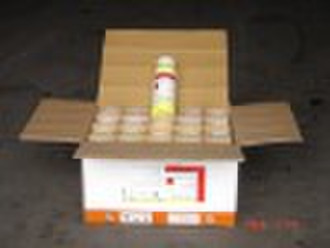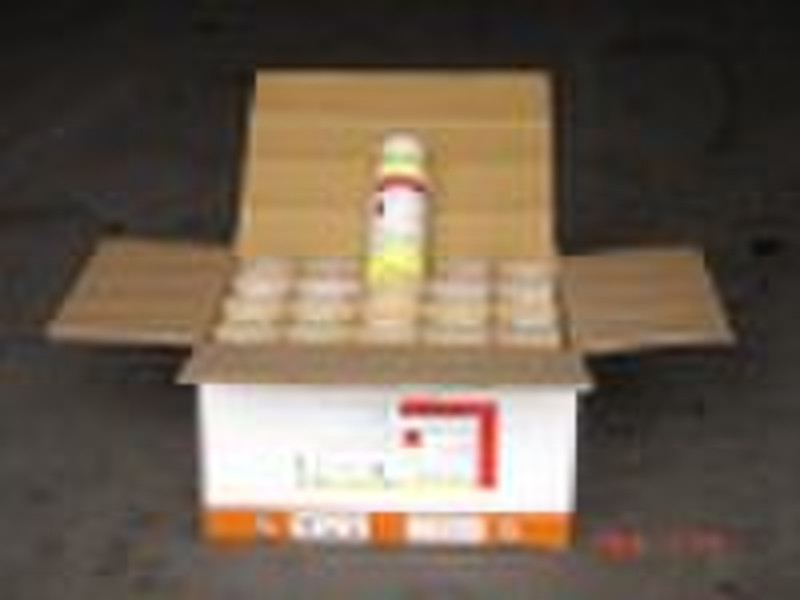杀真菌剂Carbendazim50%EC

connie zeng
联系人姓名
基本信息
| 分类 | Fungicide |
|---|---|
| 出生地 | China (Mainland) |
| 纯洁的 | 50% |
| 模式的数量 | EC |
| 国 | 液体 |
Fungicide:Carbendazim 50% EC Mol. wt. 191.2 M.f. C9H9N3O2 Form Crystalline powder. M.p. 302-307 (decomp.) V.p. 0.09 mPa (20 ); 0.15 mPa (25 ); 1.3 mPa (50 ); separate study gives <0.0001 mPa (20 ) KOW logP = 1.38 (pH 5), 1.51 (pH 7), 1.49 (pH 9) Henry 3.6 ?10-3 Pa m3 mol-1 (calc.) S.g./density 1.45 (20 ) Solubility In water 29 mg/l (pH 4), 8 mg/l (pH 7), 7 mg/l (pH 8) (24 ). In dimethylformamide 5, acetone 0.3, ethanol 0.3, chloroform 0.1, ethyl acetate 0.135, dichloromethane 0.068, benzene 0.036, cyclohexane <0.01, diethyl ether <0.01, hexane 0.0005 (all in g/l, 24 ). Stability Decomposes at m.p.; stable for at least 2 y below 50 . Stable after 7 d at 20 000 lux. Slowly decomposed in alkaline solution (22 ); DT50 >350 d (pH 5 and pH 7), 124 d (pH 9). Stable in acids, forming water-soluble salts. pKa 4.2, weak base Uses: Control of Septoria, Fusarium, Erysiphe and Pseudocercosporella in cereals; Sclerotinia, Alternaria and Cylindrosporium in oilseed rape; Cercospora and Erysiphe in sugar beet; Uncinula and Botrytis in grapes; Cladosporium and Botrytis in tomatoes; Venturia and Podosphaera in pome fruit and Monilia and Sclerotinia in stone fruit. Application rates vary from 120-600 g/ha, depending on crop. A seed treatment (0.6-0.8 g/kg) will control Tilletia, Ustilago, Fusarium and Septoria in cereals, and Rhizoctonia in cotton. Also shows activity against storage diseases of fruit as a dip (0.3-0.5 g/l). Formulation types OP; SC; SL; WG; WP; Seed treatment. Compatibility Incompatible with alkaline materials.
交货条款及包装
Packaging Detail: 200LT/ID 5L/DRUM 1L/BOTTLE AND SO ON Delivery Detail: in 30 days after receiving L/C or advanced payment by T/T
付款条款
Letter of credit
Telegraphic transfer
-
支付方式
我们接受:









